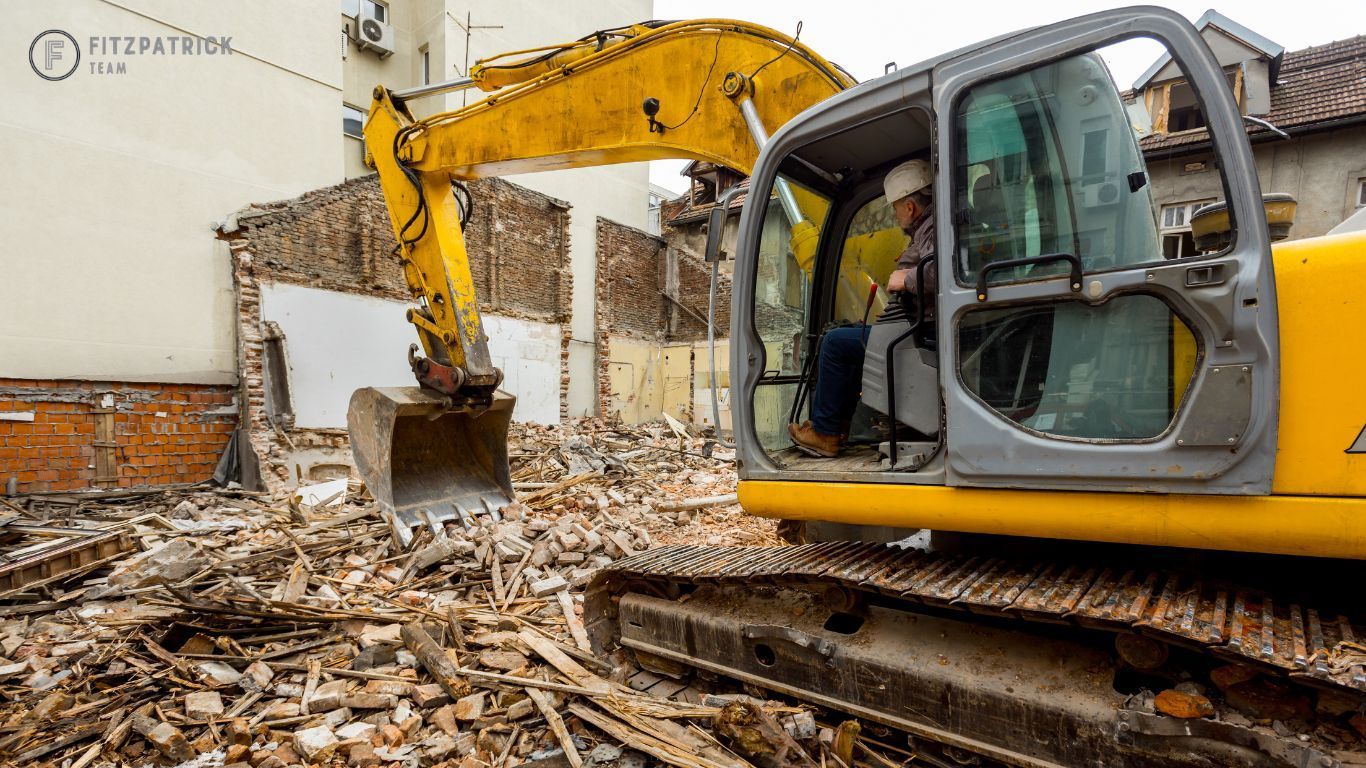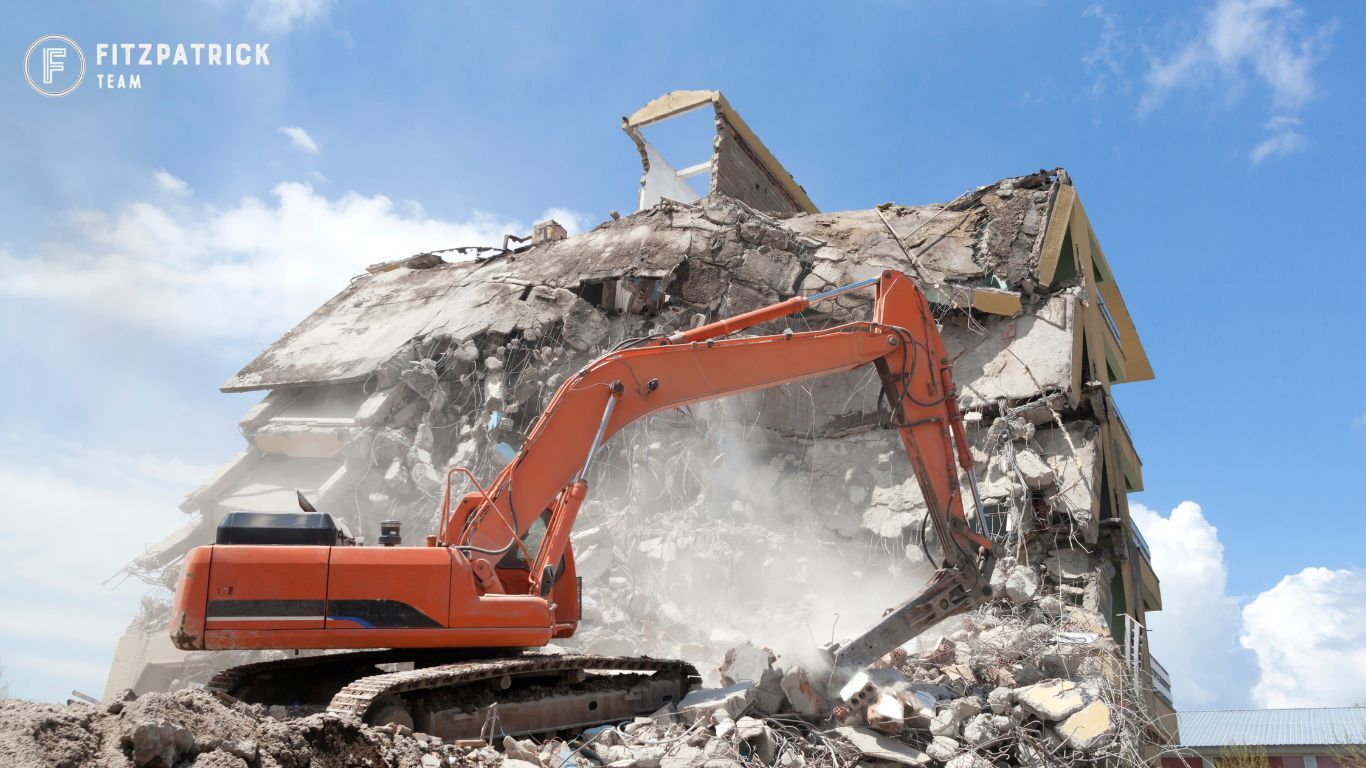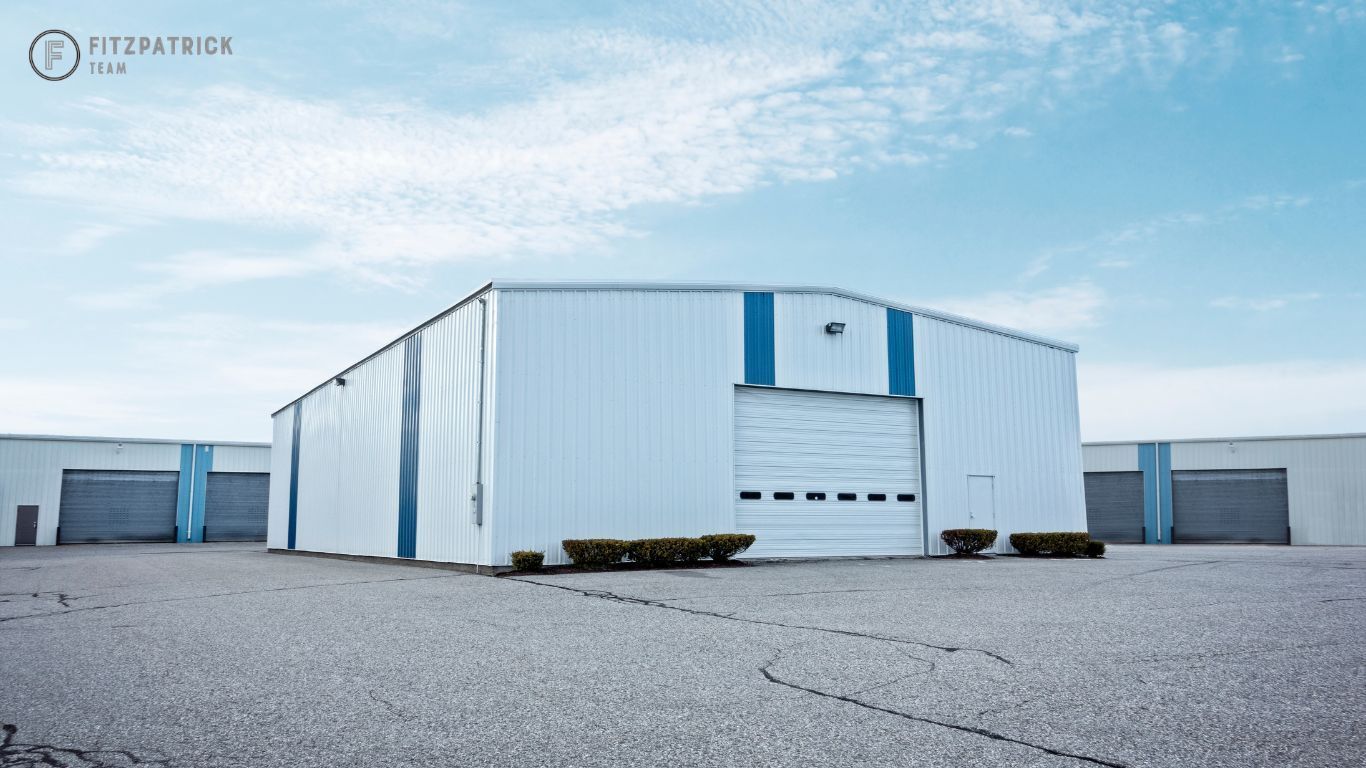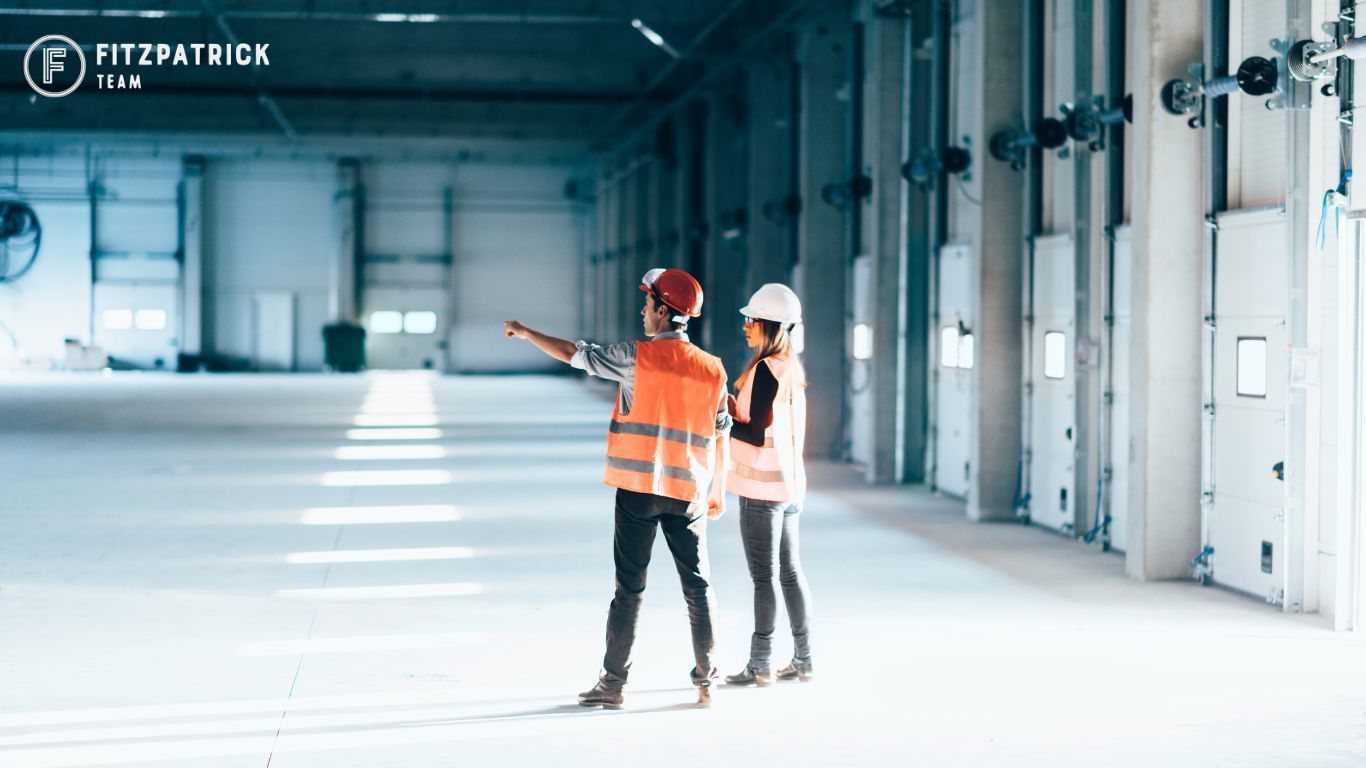Commercial Demolition Done Right: Brighton’s Safe Approach on Industrial Sites
Demolition of industrial sites is a complex process that requires meticulous planning and execution. In Brighton, where industrial heritage intersects with modern development, safe and efficient commercial demolition is paramount. This guide delves into the critical aspects of managing hazardous materials and equipment during industrial site demolition, with a focus on the expertise of Fitzpatrick Team, a leading construction and demolition services company in Brighton.
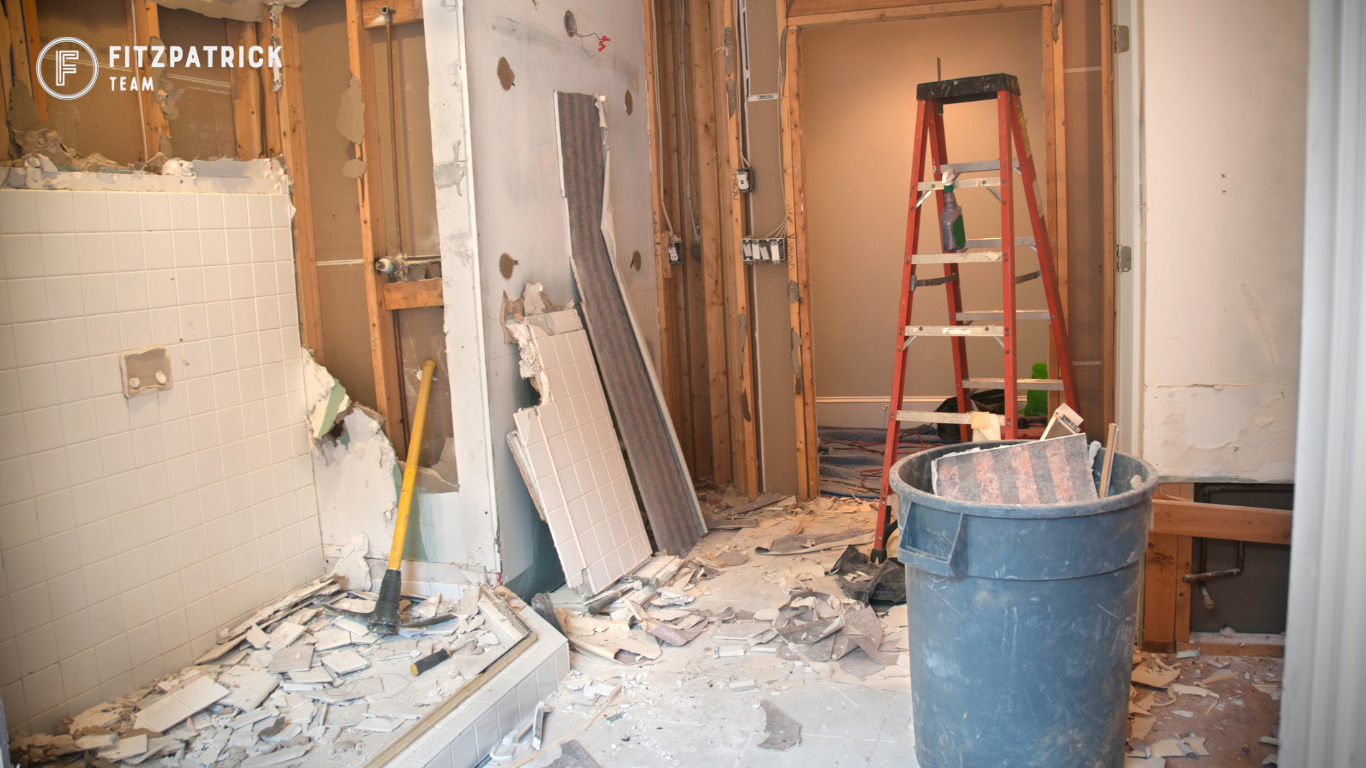
Understanding the Risks
Industrial sites often contain a range of hazardous materials, including asbestos, lead paint, and chemical residues. These substances pose significant health risks if not handled correctly. Additionally, heavy machinery and structural elements can present dangers to workers and the surrounding community.
Key Considerations for Safe Demolition
Comprehensive Site Assessment:
- Identify Hazardous Materials: A thorough site assessment is essential to identify and locate hazardous materials. This involves visual inspections, laboratory testing, and consulting historical records.
- Assess Structural Integrity: Engineers must evaluate the structural integrity of buildings and equipment to determine safe demolition procedures.
- Develop a Detailed Demolition Plan: A comprehensive plan outlines the sequence of demolition, safety protocols, emergency procedures, and waste disposal strategies.
Strict Adherence to Safety Regulations:
- Compliance with Australian Standards: Demolition activities must comply with Australian Standards, particularly AS 4024:2014, which outlines guidelines for the demolition of structures.
- WorkSafe Victoria Guidelines: Adherence to WorkSafe Victoria's guidelines is crucial to ensure worker safety and environmental protection.
Expert Project Management:
- Experienced Demolition Teams: Engaging experienced demolition teams is vital. Fitzpatrick Team's skilled professionals have the expertise to handle complex demolition projects safely and efficiently.
- Effective Communication: Clear communication between project managers, site supervisors, and workers is essential to prevent accidents and ensure smooth operations.
Safe Handling of Hazardous Materials:
- Asbestos Removal: Asbestos, a known carcinogen, requires specialised removal techniques. Licenced asbestos removalists must handle and dispose of asbestos materials in accordance with regulations.
- Chemical Waste Disposal: Chemical waste must be disposed of in compliance with environmental regulations. This often involves specialised waste disposal companies.
Secure Dismantling of Heavy Equipment:
- Controlled Dismantling: Heavy machinery, such as industrial presses and cranes, must be dismantled in a controlled manner to prevent accidents.
- Safe Lifting and Transport: Proper lifting equipment and techniques are essential for transporting heavy components to designated disposal sites.
Environmental Protection:
- Minimising Site Disturbance: Careful planning and execution can minimise site disturbance, protecting surrounding ecosystems.
- Water and Soil Contamination Control: Implementing measures to prevent water and soil contamination is crucial, especially on sites with hazardous materials.
- Waste Minimisation and Recycling: Encouraging recycling and waste minimisation practices can reduce the environmental impact of demolition.
Your Trusted Partner for Safe Demolition in Brighton
Fitzpatrick Team is committed to delivering safe and efficient commercial demolition services in Brighton. Our team of experts has the knowledge and experience to handle complex industrial site demolitions, ensuring compliance with all safety regulations and environmental standards.



